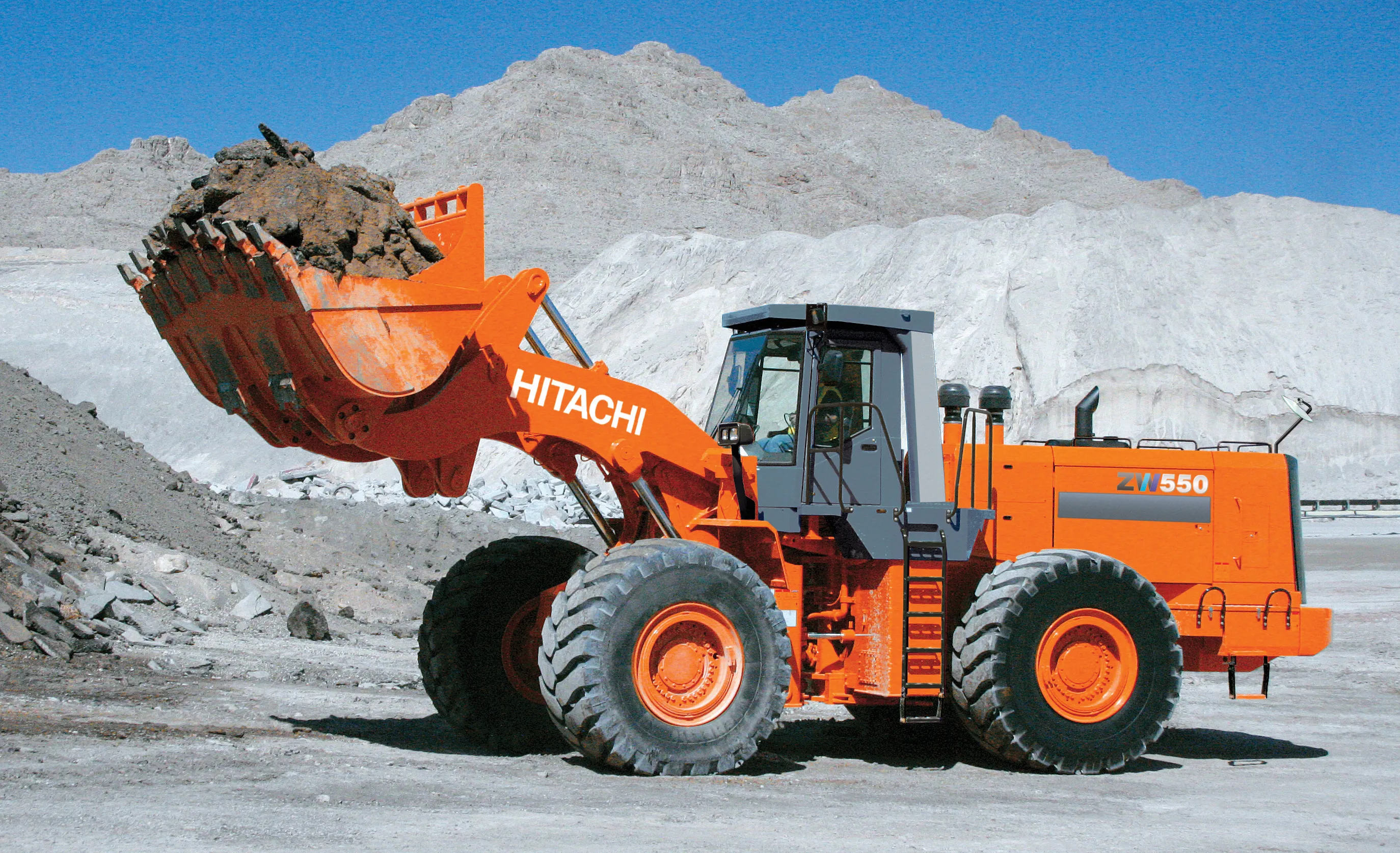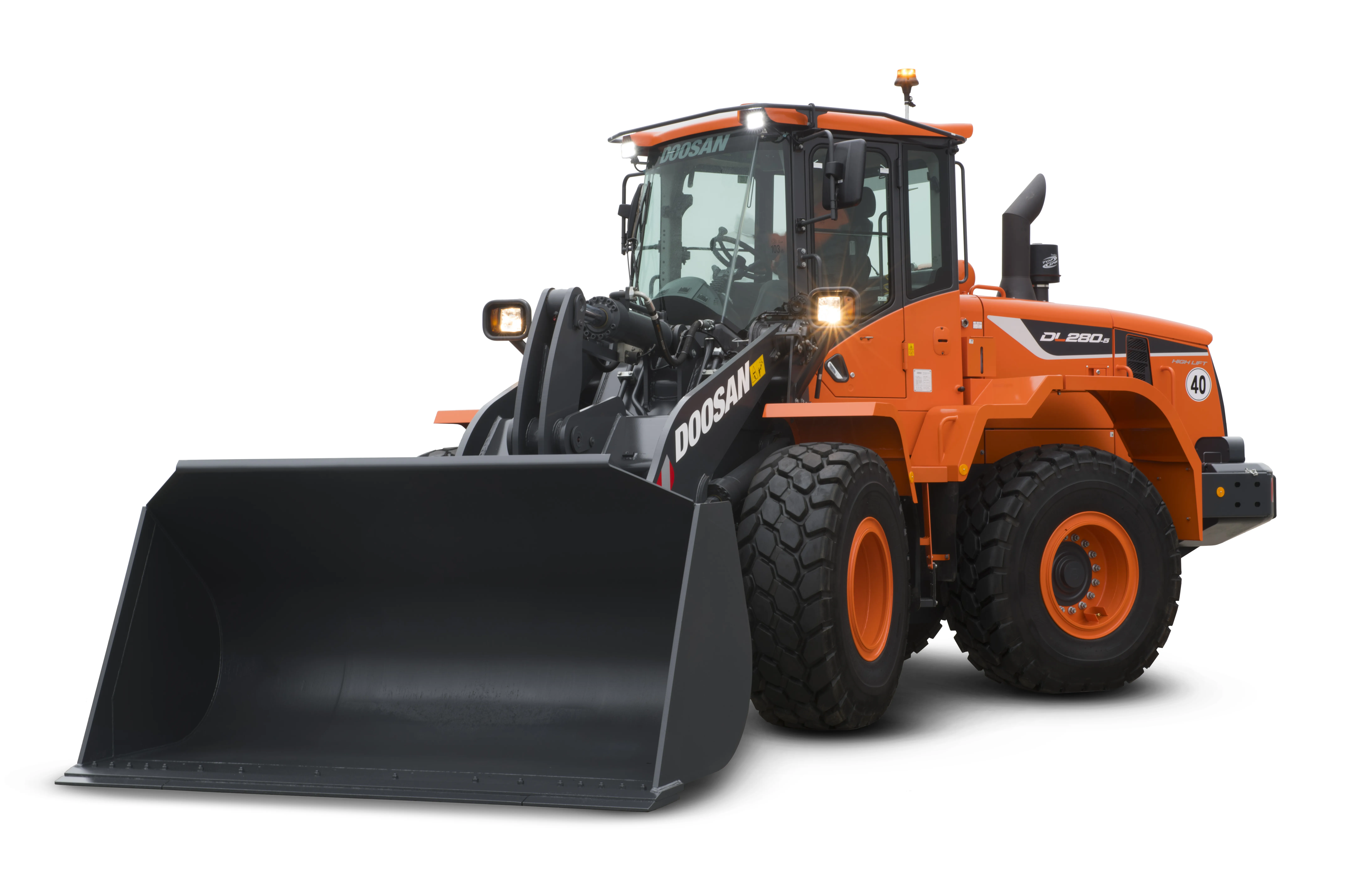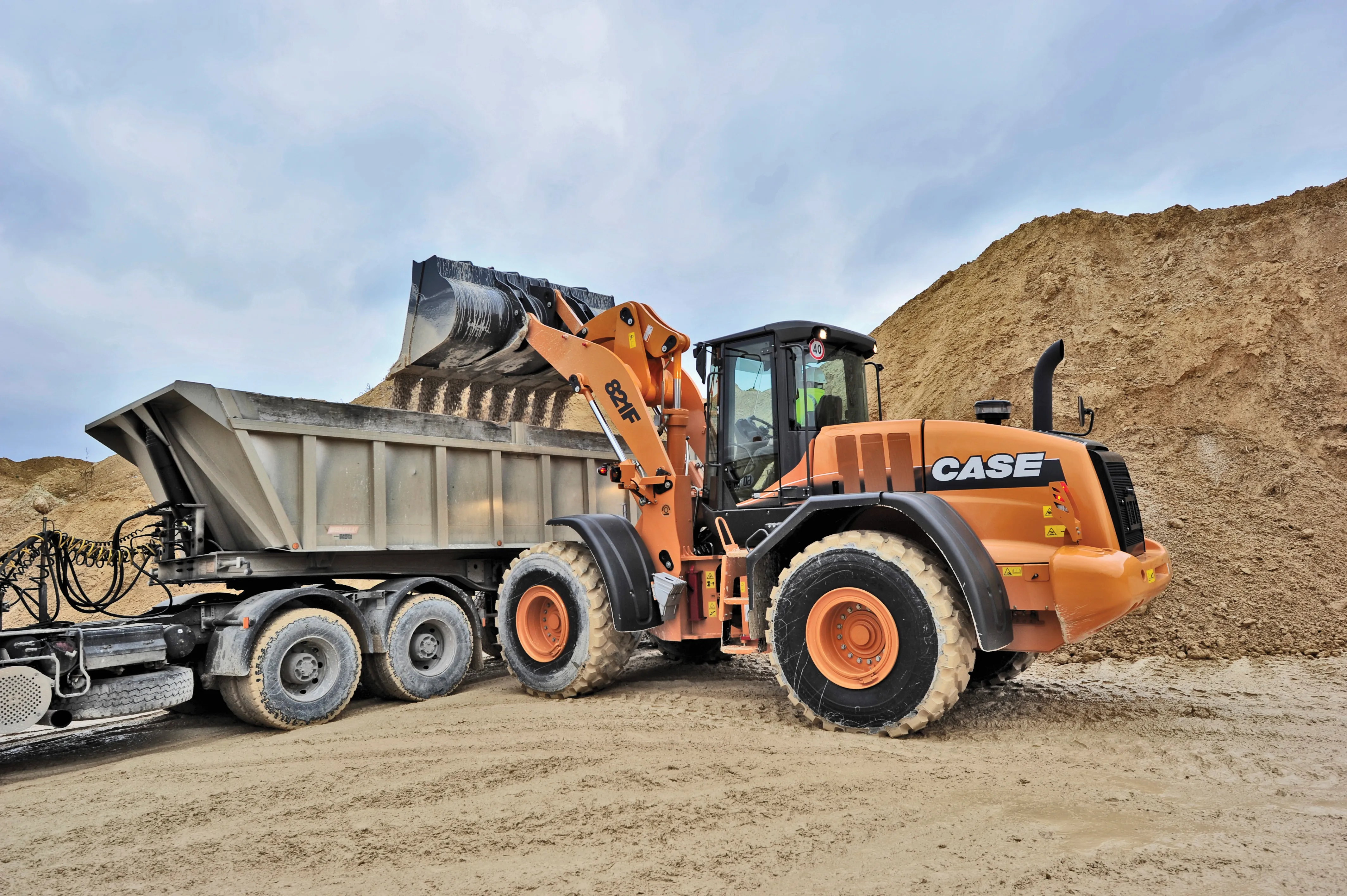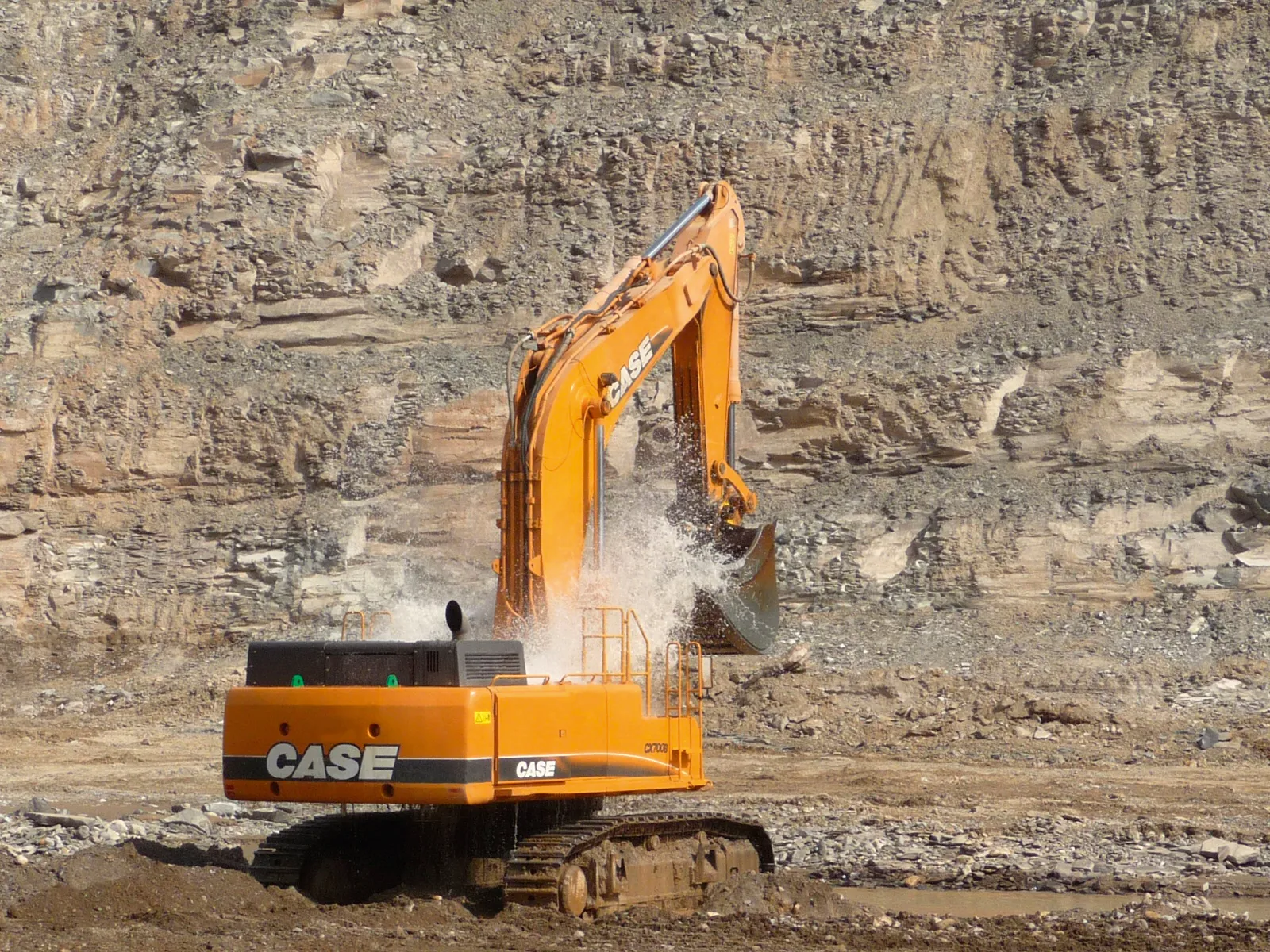With the Tier 4 interim/Stage IIIB emissions requirements due next year, further upgrades will be required for all wheeled loaders sold in Europe and North America.
In the mean time manufacturers are focussing on improvements that cut cycle times, boost productivity and reduce downtime for example.
From Doosan comes the DL420 wheeled loader, which takes over from the previous DL400 and is aimed at use in a range of materials-handling work. The DL420 features a 4m3 bucket and is a 22.3tonne machine that
April 4, 2012
Read time: 4 mins

With the Tier 4 interim/Stage IIIB emissions requirements due next year, further upgrades will be required for all wheeled loaders sold in Europe and North America.
In the mean time manufacturers are focussing on improvements that cut cycle times, boost productivity and reduce downtime for example.
From
Meanwhile
The three loaders are equipped with power boost and fuel economy settings so that an operator can select optimum productivity and efficiency for each operation. A torque proportional differential (TPD) system is fitted that controls the distribution of torque to the wheels and is of particular importance when running on rough terrain. Engine speed is lowered if the machine is not under load for a period of time, boosting fuel economy and this same package increases engine speed in cold running conditions to allow faster warm-up times.
Komatsu is also tackling fuel economy with upgrades to the WA470-6LC and WA480-6LC wheeled loaders. These to machines are said to feature a new drive line, which is equipped with a large capacity (LC) torque converter. According to Komatsu this helps deliver high rimpull at low speeds for easier and faster material penetration while productivity is also improved by faster acceleration and travel speeds. The WA470-6LC and WA480-6LC weigh in at 23tonnes and 25.5tonnes respectively and feature engine outputs of 202kW and 224kW. The WA470-6LC offers bucket capacities from 4-5.5m3 while the WA480-6LC has bucket capacities from 4.5-6m3. Other performance options for these machines include improved load-sensing hydraulics that help economise on fuel consumption.
Meanwhile Chinese company
The new 856III weighs in at 18tonnes, features a 3.5m³ bucket capacity, a Cummins diesel rated at 164kW at 2,200rpm and access for maintenance is said to be good as the engine cover tilts up. In addition, the model offers a ride control feature that boosts operator comfort as well as increasing productivity due to reduced spillage. The firm's 888III is said to be designed to handle tough working conditions, has a Cummins diesel that delivers 250kW and wields buckets with capacities from 3.8-6m³. Other features include an automatic load levelling system and automatic fault monitoring and dynamic testing technology to monitor the machine's working parameters.









